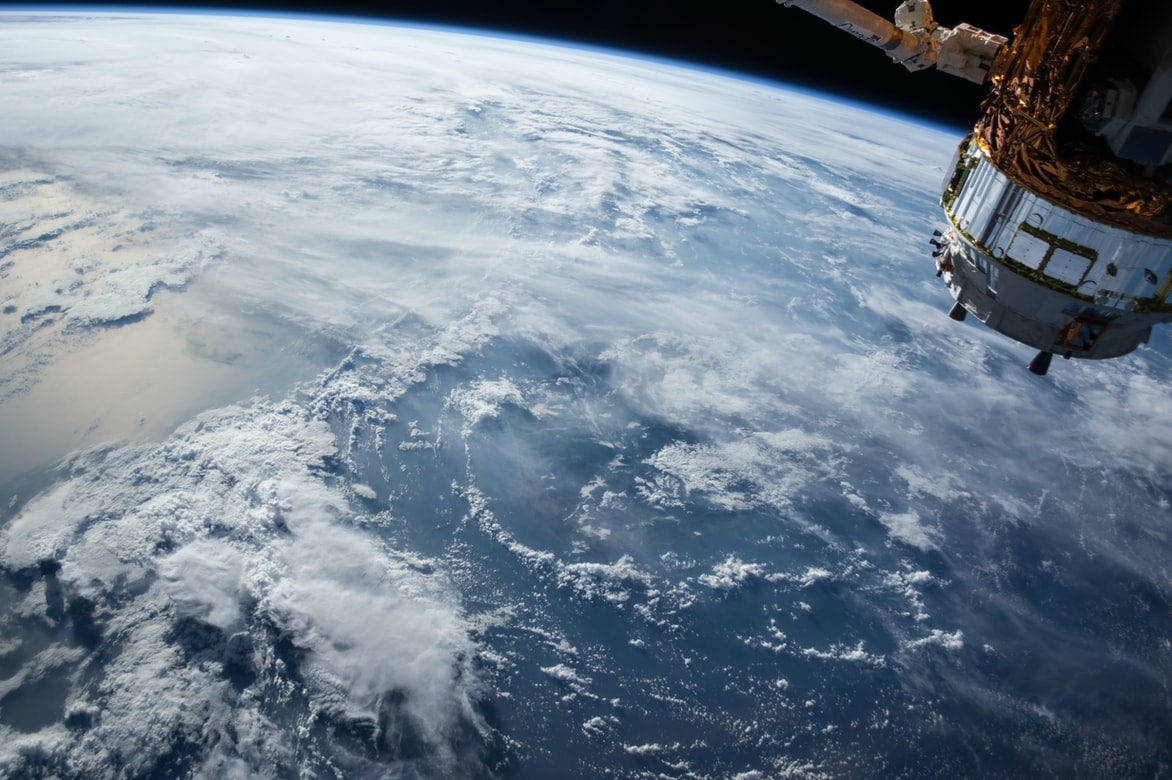The Independent's journalism is supported by our readers. When you purchase through links on our site, we may earn commission.
‘Electron rain’ falling to Earth could be hazardous to satellites, spacecraft and astronauts, scientists say
A type of electromagnetic wave called ‘whistler waves’ give the electrons more energy and push then to fall towards the planet

Scientists have discovered a new source of ‘electron rain’ that is showering Earth with particles, a phenomena that could have a hazardous effect on satellites, spacecraft and astronauts.
Rapid “electron precipitation” is caused by whistler waves, a type of electromagnetic wave that ripples through plasma in space and affects electrons in the Earth’s magnetosphere. Researchers from the University of California, Los Angeles discovered these rains using the tiny satellites from the ELFIN mission.
“ELFIN is the first satellite to measure these super-fast electrons,” said Xiaojia Zhang, lead author and a researcher in UCLA’s department of Earth, planetary and space sciences. “The mission is yielding new insights due to its unique vantage point in the chain of events that produces them.”
The process starts with charged particles orbiting in giant rings around the planet that scientists call Van Allen radiation belts. The electrons bounce between Earth’s north and south poles and under certain conditions, whistler waves can increase their speed and give then more energy.
These waves stretch out the electrons travel path so much that they fall out of their usual orbit and towards the Earth, causing the electron rain.
When this happens, it can have significant effects on the planet’s atmospheric chemistry – posting risks to spacecraft and possibly damaging low-orbit satellites. This risk is even higher during geomagnetic storms, which enhances solar activity.
Solar storms themselves also prove a huge risk to spacecraft, with the potential for one to be large enough that it could plunge the planet into an ‘internet apocalypse’. This could take place within the next century.
The Earth’s magnetic field protects its inhabitants from solar wind – consisting of charged particles streaming from the Sun – by deflecting the electric wind towards the planet’s poles and creating scenic auroras.
However, once in about 80-100 years, due to the Sun’s natural life cycle, these winds escalate into solar superstorms that could cause catastrophic internet outages covering the entire Earth and lasting several months.
“Although space is commonly thought to be separate from our upper atmosphere, the two are inextricably linked,” Vassilis Angelopoulos, a UCLA professor of space physics, said.
“Understanding how they’re linked can benefit satellites and astronauts passing through the region, which are increasingly important for commerce, telecommunications and space tourism.”
Their findings were published on 25 March in the journal Nature Communications.
Subscribe to Independent Premium to bookmark this article
Want to bookmark your favourite articles and stories to read or reference later? Start your Independent Premium subscription today.

Join our commenting forum
Join thought-provoking conversations, follow other Independent readers and see their replies